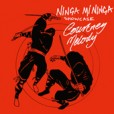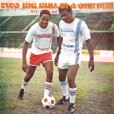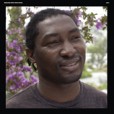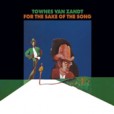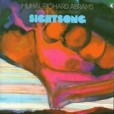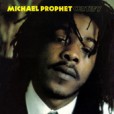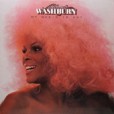Your basket is empty

Ten killer dubs of Barrington Levy, mixed at Tubby’s, mostly unreleased. (The album was shelved in late 1980.)
‘SK Kakraba is a master of the gyil xylophone — fourteen wooden slats strung across calabash resonators. The silk walls of spiders’ egg sacs — ‘paapieye’ in the Lobi language — are stretched across holes in the gourds, giving each note a buzzy rattle. SK learned as a child from elders in his Lobi community in the far northwest reaches of Ghana.’
Beautiful, spare, mesmeric recordings — song cycles, dirges, improvisations based on traditional songs, original compositions — newly made.
His debut LP, a little over-produced by Jack Clement for Poppy in 1965; including precious first goes at songs like Tecumseh Valley and Waiting ‘Round to Die.
‘It seems a lot of people in Nashville write by phrase, or by the line. As opposed to writing by the word. A lot of my best songs are where every single word is where it’s supposed to be… For the Sake of the Song was written by the word. I once sat down and wrote out the rhyme scheme for that song, and it was amazing. Pretty complex. But it didn’t seem that complex when I was writing it.’
Perhaps the great pianist’s best record — duets with the Arts Ensemble bassist Malachi Favors, in 1975.
Mostly from two cassettes, Douce Torture and Aut Aut, each limited to twenty-five copies, originally self-released in the early 2000s by Vincent E.F. from Turin. ‘A mixture of hardware electronics, guitar and musique concrete-style sampling techniques, recorded on everything from minidisc to VHS tape. With its roots in vintage dub, Krautrock and Italo-Industrial artists like Maurizio Bianchi and Mauthausen Orchestra… and yet strikingly original.’
Superb recordings for Delroy Wright’s Live & Learn label, originally released as Jah Love in 1983. Post-Yabby You, post-Gunman.
Laid down at Channel One, with the Roots Radics and High Times bands, and The Tamlins on backing vocals; mixed by Scientist.
Solo acoustic guitar renditions of nine Thelonious Monk tunes.
‘Baker will remind you through his playing that the idiosyncrasies of Monk’s composing are further dimensions of the Americana continuum (and source musics) that has been his turf for years. Especially in Monk’s centennial year, many will address Monk’s oeuvre, in fact hundreds will interpret the scores, but very few can inhabit this music in the way Duck Baker does here.’








